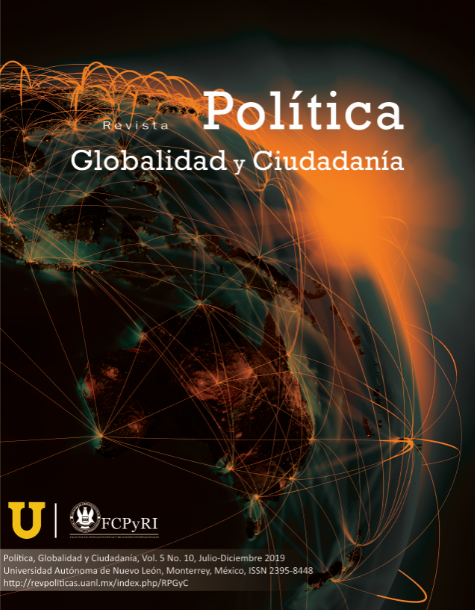Diplomatic asylum and the principle of non-repayment
DOI:
https://doi.org/10.29105/pgc5.10-5Keywords:
Diplomatic asylum, international law, refuge, territorial asylum.Abstract
The objective of this scientific article is to analyze the figure of the diplomatic asylum in the current context, taking as a reference the case of Julian Assange, for this purpose a cross-sectional documentary-bibliographic review was carried out, for the qualitative analysis of the diplomatic asylum figure and the principle of non-repayment. The documentary review made it possible to identify that asylum is the protection and security that a State provides to a foreign person who requests it, because it is in danger of its life and security for political, economic, religious or scientific reasons. It is concluded that diplomatic asylum is applied to the principle of non-reimstation which is a mandatory rule in the international system, recognized by the Inter-American Court of Human Rights.Downloads
References
ACNUR (s.f.). El derecho de asilo figura en la constitución. Recuperado de: https://acnur.org/fileadmin/Documentos/Proteccion/Buenas_Practicas/9208.pdf
Convención sobre Asilo de La Habana. 1928
Convención Americana de Derechos Humanos. 1969
Convención sobre el Estatuto de los Refugiados de 1951 y su Protocolo de 1967.
Corte Internacional de Justicia. Caso Haya de Torres. Fallos de 20 de noviembre de 1950 y 13 de junio de 1951.
Corte Interamericana de Derechos Humanos, por solicitud del Gobierno de Ecuador. Opinión Consultiva No.4-3-21/2016.
Declaración Americana de los Derechos y Deberes del Hombre (1948).
Declaración sobre el Asilo Territorial de las Naciones Unidas.N.U. AG 23/12.
Diez de Velazco, M. (1990) Instituciones del Derecho Internacional Público. Madrid. Tecnos. S.A.
Imaz, C. (1993). El asilo diplomático en la política exterior de México. Revista Mexicana de Política Exterior, 40 (41), 53-71. Recuperado de https://revistadigital.sre.gob.mx.
Jaramillo Echavarría, R. (1980) El Concepto religioso de refugiado: los santuarios, la tradición y la fe. Virages, 14 (2), 79 – 97.
Malpica de Lamadrid. L. (1981). La Historia comienza en Egipto con un acto de Derecho Internacional. México D.F.: Grijalbo S.A.
Rubio Correa, P. (1999). El concepto de refugiado en la Convención sobre el Estatuto de los refugiados de 1951: tratamiento normativo y realidad. Agenda Internacional, 6 (12) 137-148. DOI: https://doi.org/10.18800/agenda.199901.008
Sánchez de Bustamante y Sirven, A. (1938). Derecho Internacional Público. La Habana: Carasa y CIA S.A.
Tratado sobre Asilo y Refugio Político de Montevideo (1939).
Vilariño Pintos, E. (2016). Curso de Derecho Diplomático y Consular. Madrid: Tecnos. S.A.
Published
How to Cite
Issue
Section
License
Copyright (c) 2020 Política, Globalidad y Ciudadanía

This work is licensed under a Creative Commons Attribution-NonCommercial-NoDerivatives 4.0 International License.

Esta obra está bajo una Licencia Creative Commons Atribución-NoComercial-SinDerivadas 4.0 Internacional.









